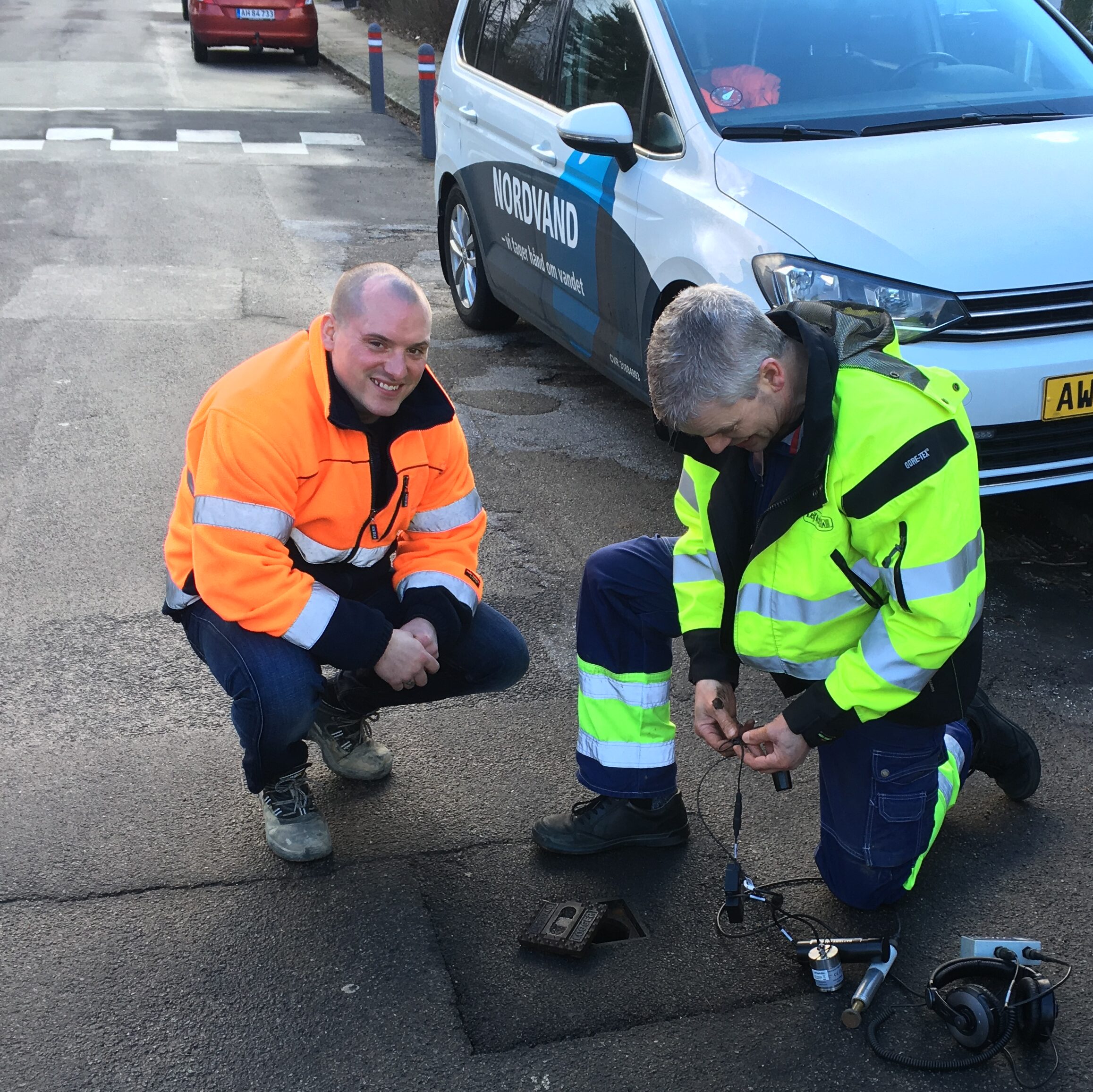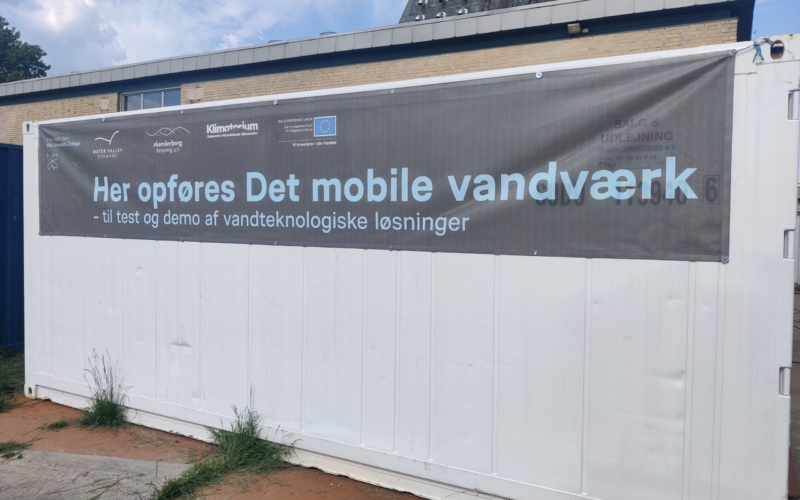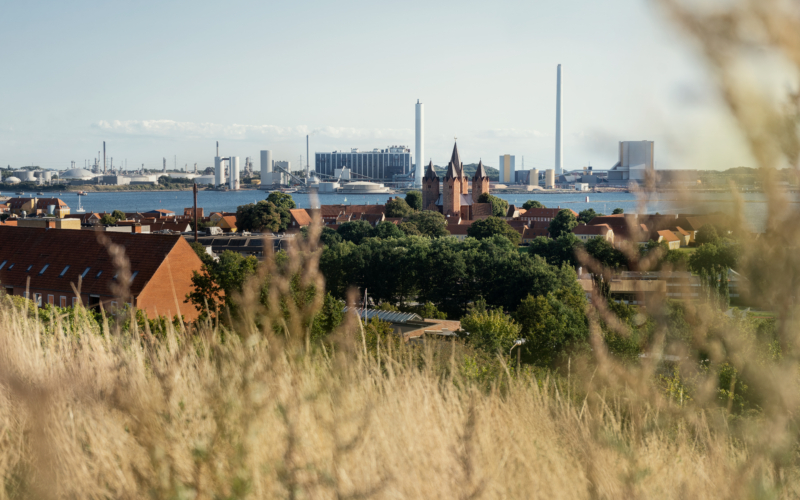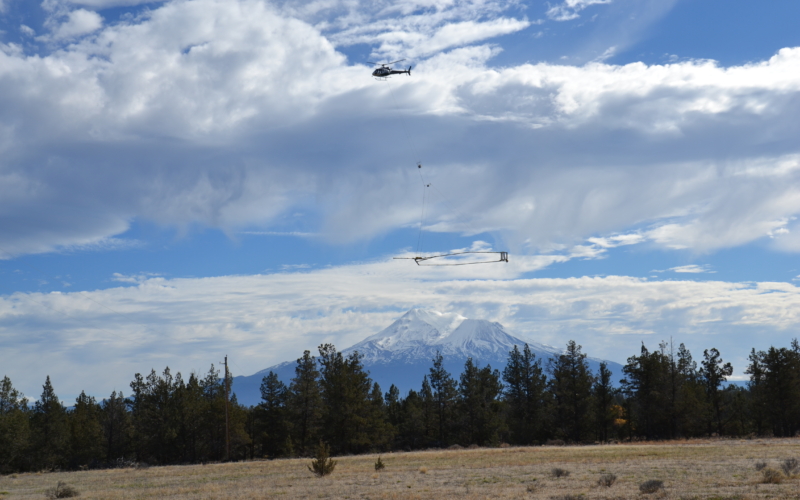LEAKman – a Danish joint partnership specialized in water loss reduction. The LEAKman concept was developed by an association of nine Danish partners representing technology providers, consultants, water utilities and the Technical University of Denmark. Demo facilities are at several different locations in Greater Copenhagen area, where the sept-up is demonstrated.


Challenge
Idea
Non-Revenue Water (NRW) is the difference between the amount of water a utility supplies to the distribution system and the amount of water billed and a key performance indicator for any water utility. NRW is loss of money, and water losses from leaks is waste of the planet’s scarce drinking water resources.
Unfortunately, NRW levels are high in many cities around the globe. Huge volumes of clean water are lost through leaks and overflows or not accounted for due to metering inaccuracies at consumers and illegal connections. In many parts of the world this results in far more water being extracted than needed, and limited water resources are being over-exploited.
This is unsustainable, and the result is people suffering from water scarcity and unnecessarily high water prices. In the long run, high NRW levels pose a real threat to development, urbanisation and agriculture for many people.
Ideally, NRW should be reduced down to the optimal economical level of leakage (ELL). This will be the most beneficial level for both economy, finances and resources. LEAKman supports a 4-step process:
- Conduct a water audit and develop a NRW master plan
- Install required instrumentation and monitoring
- Establish active leakage control and pressure management
- Implement strategic pipeline management & rehabilitation
The LEAKman solution is unique in the sense that the partners of this concept have united to deliver a single, holistic solution, which combines several smart systems and seamlessly integrates and monitors them holistically, thereby connecting the entire water distribution network. The result is one solution that facilitates water loss reduction to less than 20 percent for any system within just a few years – with possible reductions to below 10 percent.


Solution
Effective and lasting leakage management is not accomplished with a quick fix, and since all utility networks are unique the approach to water loss reduction should be tailored to the specific conditions.
The LEAKman project has established guidelines for selecting the proper tools and techniques to be implemented at water utilities world-wide to reduce the NRW level to a specific target level. It includes several vital aspects such as economic analysis of the return of investment (Economic Level of Leakage), selecting appropriate KPIs for targets and monitoring of effect of different leakage management solutions and the implementation of interfaces between the systems.
Full-scale implementation in demonstration areas includes installation and use of intelligent valves, pumps, deployed noise loggers, smart meters, smart inspections, SCADA, online hydraulic modelling and a holistic management information system configured for automated calculation, display and reporting of selected performance indicators.
- HOFOR – Greater Copenhagen Utility – has thanks to a combination of high level technologies and methods succeeded in reducing specific water losses with more than 75 percent since 1977 corresponding to a reduction in NRW level from 9 to 5 percent. In the LEAKman demonstration areas the interaction between data from remotely read smart meters, SCADA, noise loggers and other components in the management information system now enables the utility to do online water balance monitoring and direct their leakage detection activities to the most relevant areas.
- In Klampenborg demonstration area, the pressure is now reduced by 29%. Consequently, water is saved as a corresponding decrease in leakage level and burst frequency is monitored.
- In Frederiksberg demonstration facility the pressure in the supply area is continuously adjusted to meet the demand at all times – including any emergency needs for fire flow. The Water Utility will exploit the potential to operate at a lower water pressure when the actual demand is low and save energy, reduce leakage and provide less stress on the pipe system.
Partners
Grundfos, Schneider Electric, AVK, Kamstrup, Leif Koch, HOFOR, Novafos, DTU and NIRAS




